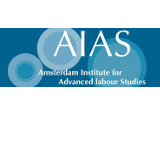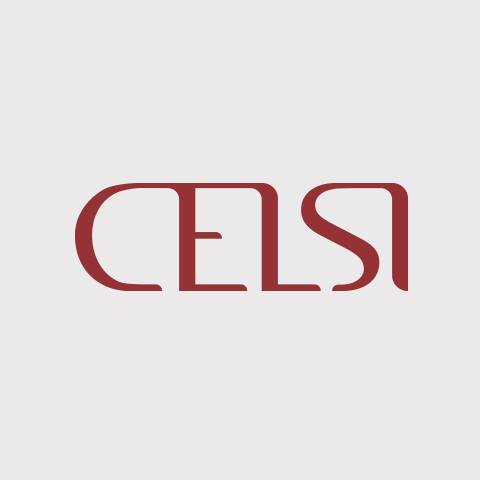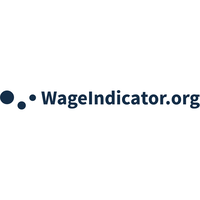Projects
WIBAR-3: WageIndicator Support for Bargaining - 3

18
2014 - 2016
The project aims to analyze the industry-level bargaining structures and practices in relation to employment and competitive structures in 23 EU member states and five industries.
Project number:
VS/2014/0533
None

The growing share of FDI-related employment in the private sector in the EU is posing challenges to collective bargaining. From 2008 to 2011, the percentages of those working in affiliates of foreign-owned MNEs continued to grow in the 10 Central and Eastern European countries, whereas the development of these shares followed a more volatile pattern in the 13 other selected EU member states. Overall, FDI-related employment in the selected 23 countries and five industries (Metal and electronics manufacturing, Wholesale, Retail, ICT and Transport and telecom) grew 4.4%, displaying stronger growth than employment at large (1.1%). In 2011 55.3 million persons were employed in the five industries and 23 countries, of which 10.1 million persons (18.2%) in affiliates of foreign-owned firms. The WIBAR-3 project aims to analyze the industry-level bargaining structures and practices in relation to employment and competitive structures in 23 EU member states and five industries, notably Metal and electronics manufacturing, Wholesale, Retail, ICT, and Transport and telecom. It will take into account the bargaining preferences of employees in these industries and countries. It will stimulate debates in trade unions about the outcomes, in particular focusing on the opportunities to strengthen multi-employer bargaining.
WIBAR-3 consists of three phases. In the preparatory phase research activities will take place, after consultation with the partners and associate partners. In the Implementation phase, the results will be discussed with trade union representatives. In the Follow-up phase, the research reports will be disseminated. The research will be realized by means of a sound data collection plan. It will apply quantitative methods, based on the following sources:
- For mapping the competitive and employment structures at industry level the project will be using Eurostat data, Eurofound’s ERM and EIRO databases, Forbes and Fortune overviews, company annual reports, investment agency and various press information, thereby updating the AIAS MNE database of 2008 (filling data for 23*5=115 cells);
- For mapping the prevailing bargaining structures and practices by industry the project will be reviewing data from Eurofound EIRO and the monthly AIAS-ETUI Collective Bargaining Newsletter and if needed by interviewing experts/trade union negotiators; using a brief web-based form with questions per industry/ country;
- For mapping the bargaining coverage and bargaining preferences of employees the project will be using data from the continuous, multi-country, multi-lingual Wage-Indicator web-survey; the survey has the relevant questions and in 2013 had almost 60,000 observations in the main survey and slightly over 275,000 observations in its mini-survey in the 23 countries; comparable yearly numbers are expected for 2014 – 2016.
The results of the analysis will be discussed in three conferences. Final reports will be widely distributed and most likely result in a book, as was the case for the previous projects WIBAR and WIBAR-2.
Publications:
Project events





